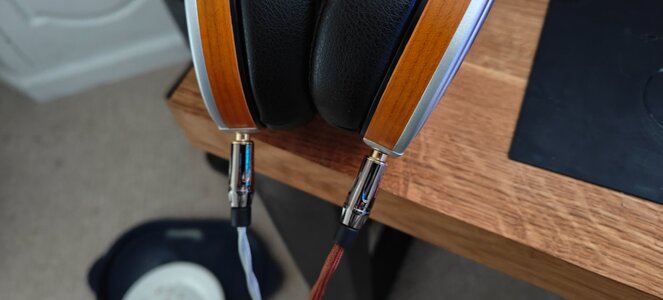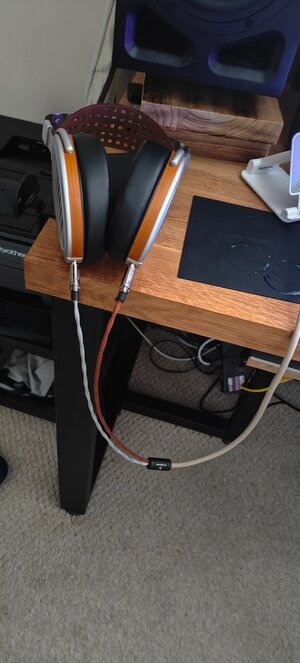May as well add my tuppence here too. In my 20s and 30s I worked in high end music and film dining studios on the tech side and used to live up the studio monitor speakers. One of the first things I would do when arriving at a new studio and drying up monitors speakers was to check what they were wired with. The number of times I saw speakers worth tens of thousands of pounds wired with this mains flex was astonishing, I used to change it for thick QED multi strand and the difference was huge (although not in measured frequency response, that states the same). Detail, taughtness and timing all massively improved. For my own Naim NAP 140 Linn Nexus system I used Naim cable as Naim recommended it because they don't use a zobel network on the output of their amps for stability, instead relying on cable inductance, hence specifying their spaced conductor cable. It made no difference on studio monitor speakers though.
For low level signals in studios I used mogami or Van den hul as they are well made consistent and suited the purpose, Most music studios use one or the other. canaire cable was also used for long mic cable runs and was excellent but expensive. For connectors, Neutric, Amphenol, Tuchel and ITT / Cannon were the order of the day, ITT/Cannon being my favourite for XLR, however they were expensive and more difficult to wire up.
To sum up: speaker cables can make a big difference, the amp and speakers will determine which cable is best. For low level cables, cheap and cheerful can work depending on the signal and how much interference is present, connectors make a difference too, a good connector will make an airtight connection that is stable over time although phono connectors are intrinsically not good in this area.
Get decent cables but above a certain level they won't make much of a difference.
I never heard a difference between different insulation or dialectic types, it doesn't effect audio frequencies the way it does RF frequencies, the quality of cable manufacture was more important.
Was others have said £20 - £30 per pair for phono cable should be fine, I don't spend more than that.



